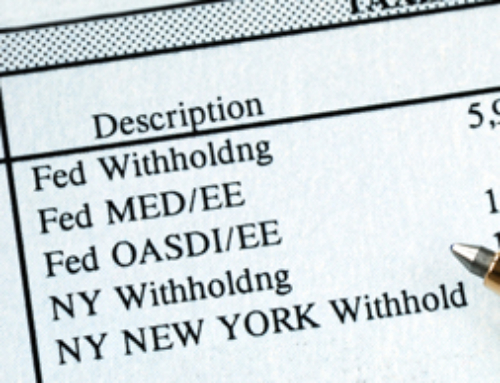 Open-Enrollment and FSAs: A Bonanza of Tax Advantages
Open-Enrollment and FSAs: A Bonanza of Tax Advantages
November is here, that magical time when my husband’s employer has open enrollment, when employees can register for or make changes to their benefits.
Working for one of the biggest school districts in the country affords him lots of options for benefits (although they’re getting reduced these days). But the open-enrollment period seems to disappear in the blink of an eye. Do you feel the same way about your employer’s open-enrollment time?
A word of caution for those entering open enrollment: with the Obama health-care package, your coverage may have changed. Read the brochures and booklets your company provides carefully. If you don’t understand something, call your human resources department or the benefits administrator. Make sure your doctors and medical providers are still part of your groups for next year. And call your key doctors before selecting your medical package—if you have a choice of packages.
Tax Issues with Open Enrollment
When a company offers a cafeteria health plan, you are often given choices of benefits, including a flexible spending arrangement (FSA), which allows you to allocate part of your wages to pay for certain expenses in the course of life. This is a win-win situation: you get a tax break for those costs—and so does your employer.
You don’t pay federal or state income taxes (15–35 percent) or FICA/Medicare taxes (7.65 percent) on that money. Also, reducing your taxable wages reduces your adjusted gross income (AGI), and lots of limits and taxes—like alternative minimum tax, IRA contributions, medical deductions, and employee business expense deductions—use AGI as a starting point.
Costs you can elect to pay with pre-tax dollars include:
Limits $5,000 Limit specified by employer plan $13,170 per child
| Cost | ||
| Child-care costs | Medical costs | Adoption costs |
How does this work?
Suppose you pay $400 per month for child-care expenses. You set your FSA to deduct $400 per month from your paycheck before taxes. You pay your child-care provider. You get a receipt and send it to the plan administrator, who sends you your $400.
Here’s another example: You know you’re going to have to pay $2,000 for braces this year, $200 for new eyeglasses, and about $200 in various medical co-pays ($2,400 for the year). For these medical expenses, you would have $200 per month deducted from your paycheck. As you pay the costs, you send the receipts to the plan administrator to get your money back.
If this is so great, why doesn’t everyone do it?
Employees are afraid to participate in flexible spending arrangements for one very big reason: if your spending is less than you planned, or you don’t turn in the receipts, you lose the money.
Avoid this problem by:
- Making sure you schedule planned medical care or child care throughout the year
- Paying the doctors, a little in advance, if you must
- Submitting the receipts regularly—and making sure the administrator is repaying you on schedule
Some plans give you until March 15 to finish getting treatments and receipts for the previous year. Check to see if your plan has that provision.
With the year coming to an end, if you haven’t gotten those braces, root canals, or eyeglasses or taken care of those medical procedures yet, get to them right now!
Eva Rosenberg, EA is the publisher of TaxMama.com, where your tax questions are answered. Eva is the author of several books and ebooks, including Small Business Taxes Made Easy. Eva teaches a tax pro course at IRSExams.com.
Read More:
Are You Optimizing Your Retirement Contributions?
Small-Business Owners: Here Are 9 Ways to Update Your Bookkeeping Skills
Tax Filing Deadline: Last-Minute Tax Mistakes To Avoid
It’s Time to Review Your Payroll Withholding






